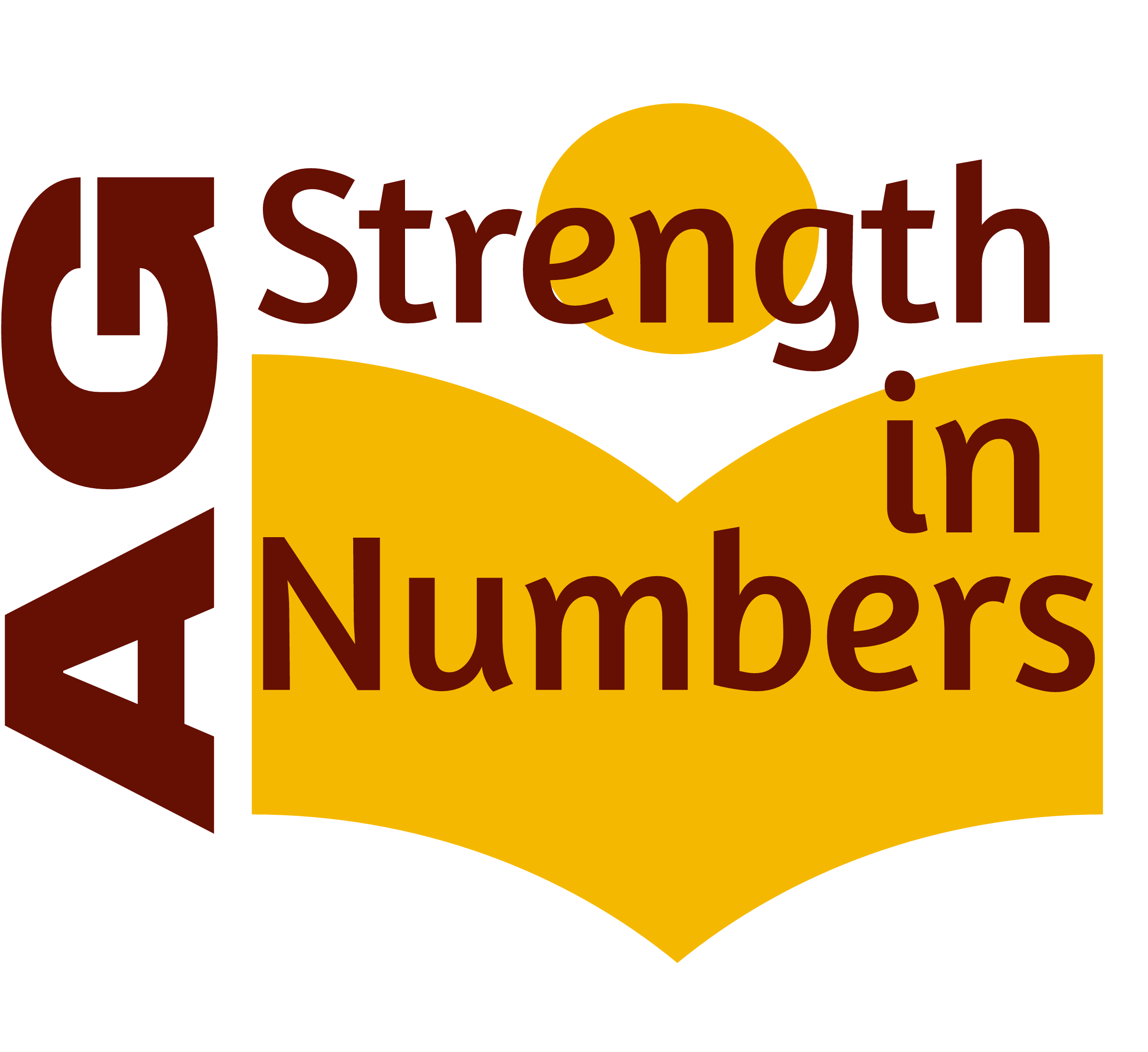Public School Employees’ Retirement System (PSERS)
What is it?
PSERS is the pension system for more than 600,000 public school teachers, classroom assistants, administration, maintenance and clerical staff (Brandt, 2014). Employees, employers and the state all pay into the system; however, unlike other retirement plans, the state ensures end benefits (rather than current contributions) to the members of PSERS (PSERS Questions & Answers). Currently, the state covers about half of the payments and school districts assume the responsibility for the other half of the expenses (Brandt, 2014).
Why is it taking up so much of the budget?
Nearly 70% of PSERS benefits were funded based on returns on investments in order to pay out the promised benefits. While the stock market was strong, the state reduced its contributions, which left the pension woefully underfunded when the market began falling (Brandt, 2014). Furthermore, the state legislature voted to increase benefits in PSERS in 2001 but failed to fund the increase. In 2003 and 2010 delays in contributions followed, which left the state in a precarious situation. Basically, if every employee in the state were to retire at once, the state would owe about $50 billion – its unfunded liability. Although the scenario is not likely, it does mean that as retirements increase, the state will have to contribute more to make up for the previously delayed payments (Council 13 AFSCME). Consequently, school districts are facing higher expenses in trying to meet pension payments. As the districts are met with skyrocketing increases in PSERS payments, taxpayers are footing higher local taxes to cover those expenses (Meyer, 2017) (Commonwealth Foundation, 2015). In sum, Pennsylvania school districts are left to make hard decisions about cutting programs and/or raising local taxes to make up the difference in the growing expenses.
What does this mean for AGSD?
In 2009/2010 school year, the district (employer) contributed 4.78% of salaries to PSERS. By 2017/2018, employer contributions grew to 32.57% and climbing. In fact, the contribution expenditures for the district grew $1 million dollars between 2016/2017 and 2017/2018 (Avon Grove School District, 2017). The 2017/2018 expenditures for PSERS are expected to be $10.4 million of a $93.8 million budget or about 11% of the district’s total budget (Avon Grove School District, 2017).
What is being done?
In 2010 Act 120 was passed in an attempt to mitigate the looming pension crisis. Act 120 meant that employees hired after January 2011 or July 2011 would pay more for fewer benefits in an attempt to help reduce debt (Council 13 AFSCME). Other changes included that school and state employees must work ten years to be vested, the retirement age was increased from 62 to 65 and if PSERS did not reach an assumed rate of returns, employees would have to increase their input to help shoulder the taxpayer burden (Council 13 AFSCME). As the workforce becomes increasingly made up of newer employees, who fall under the Act 120 guidelines, the crisis is expected to dissipate (Sturla, 2015). In fact, by July 2016, the state should stop accruing additional pension debt and begin to pay down the principal on the debt by 2017/2018 (Pennsylvania: PSERS, 2016). Other attempts to address the issue have been 401K and hybrid (401k and defined benefits) programs, but none of these have successfully passed (Brandt, 2014). Furthermore, these new programs carry additional costs to the taxpayers beyond the nearly $50 billion unfunded liability resulting from state and districts’ delayed payments (Sturla, 2015).
Works Cited
